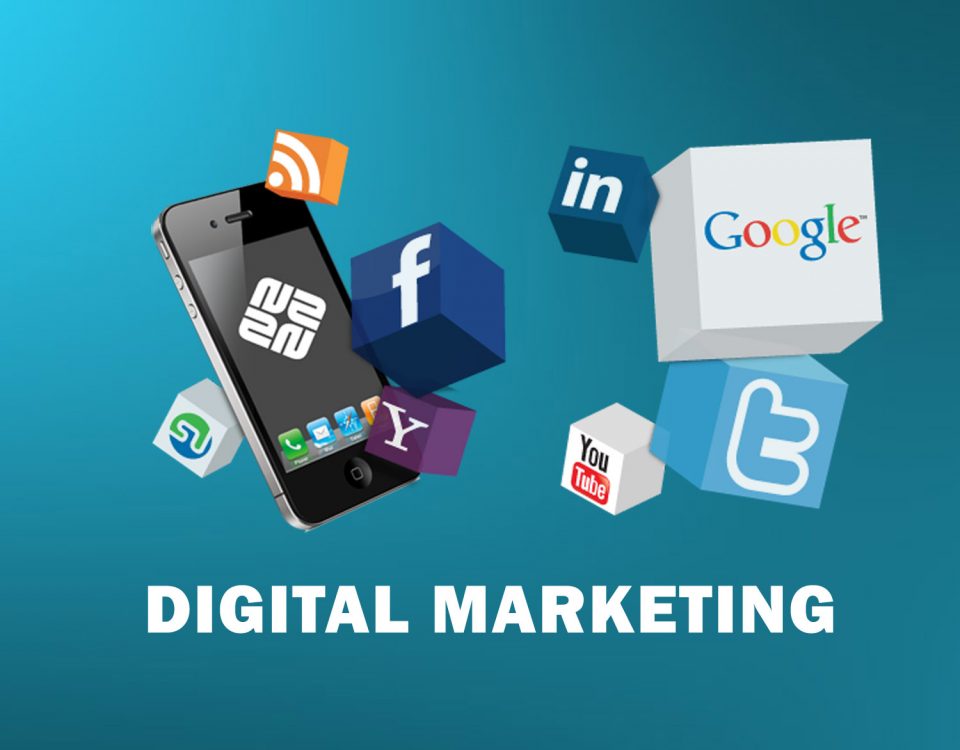
At a high level, digital marketing refers to advertising delivered through digital channels such as search engines, websites, social media, email, and mobile apps. While this term covers a wide range of marketing activities, all of which are not universally agreed upon, we’ll focus on the most common types below.
Digital Marketing trends shows the latest innovations, but here we go back to bsics to define digital marketing. This is important since for some in business, particularly more traditional marketers or business owners, ‘digital’ is simplistically taken to mean ‘our website’ or ‘our Facebook page’. This thinking limits the scope and opportunity of what’s managed and it means that activities that should be managed may be missed.
The 5Ds of digital marketing
To understand the importance of digital marketing to the future of marketing in any business, it’s helpful to think about what audience interactions we need to understand and manage. Digital marketing today is about many more types of audience interaction than website or email… It involves managing and harnessing these ‘5Ds of Digital’ that I have defined in the introduction to the latest update to my Digital Marketing: Strategy, Planing and Implementationbook. The 5Ds define the opportunities for consumers to interact with brands and for businesses to reach and learn from their audiences in different ways:
• Digital devices
audiences experience brands as they interact with business websites and mobile apps typically through a
combination of connected devices including smartphones, tablets, desktop computers, TVs and gaming devices.
• Digital platforms
most interactions on these devices are through a browser or apps from the major platforms or services, that’s
Facebook (and Instagram), Google (and YouTube), Twitter and LinkedIn.
• Digital media
different paid, owned and earned communications channels for reaching and engaging audiences including
advertising, email and messaging, search engines and social networks.
• Digital data
the insight businesses collect about their audience profiles and their interactions with businesses, which now
needs to be protected by law in most countries.
• Digital technology
the marketing technology or martech stack that businesses use to create interactive experiences from websites
and mobile apps to in-store kiosks and email campaigns.
